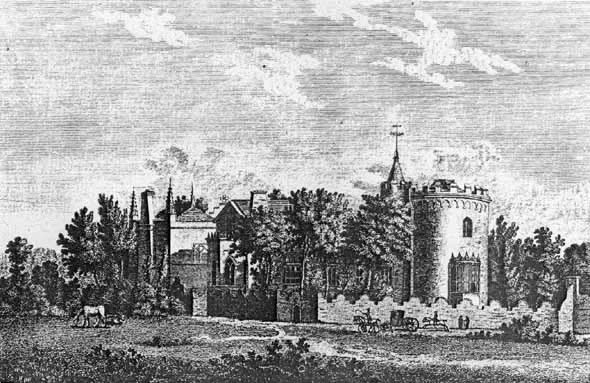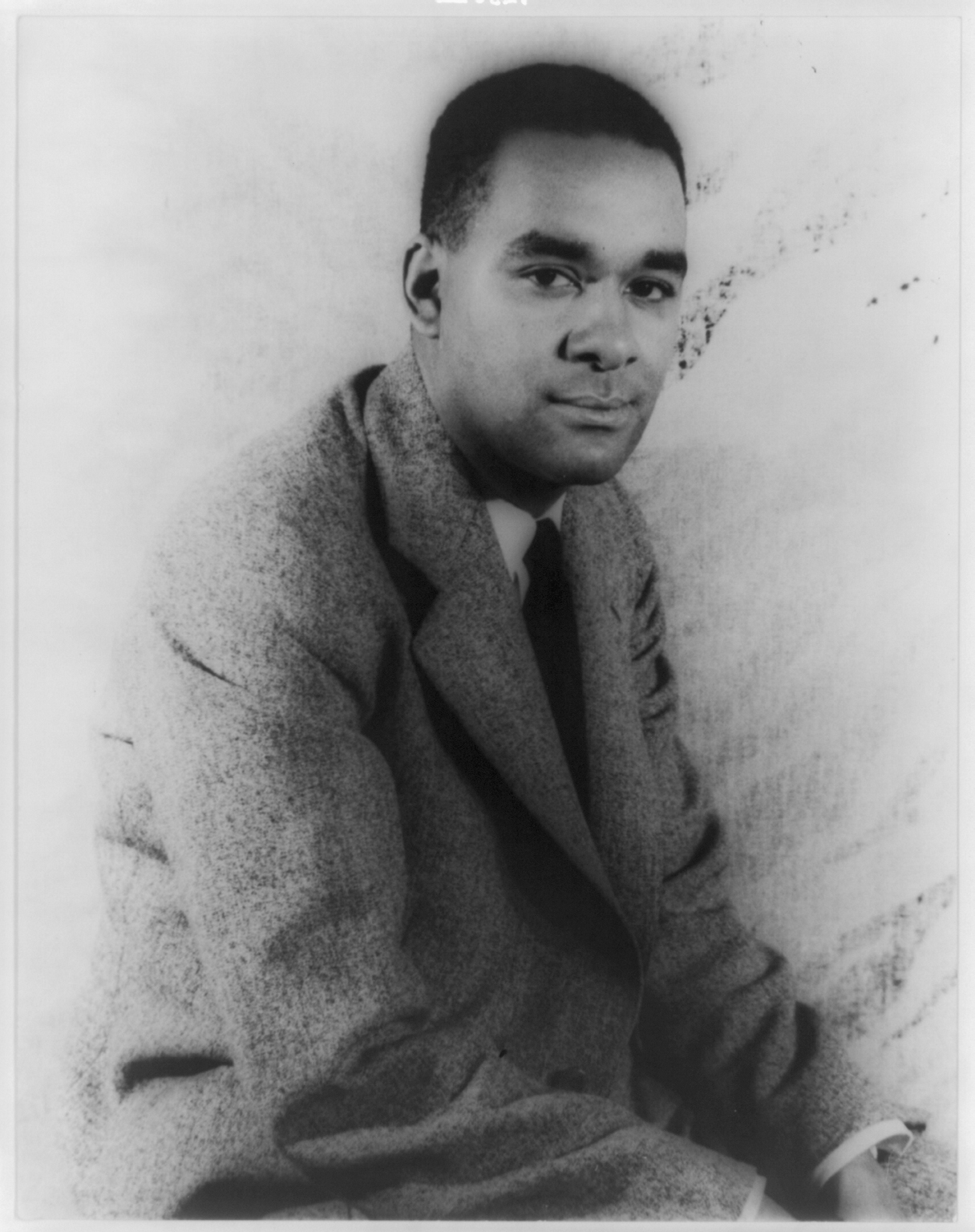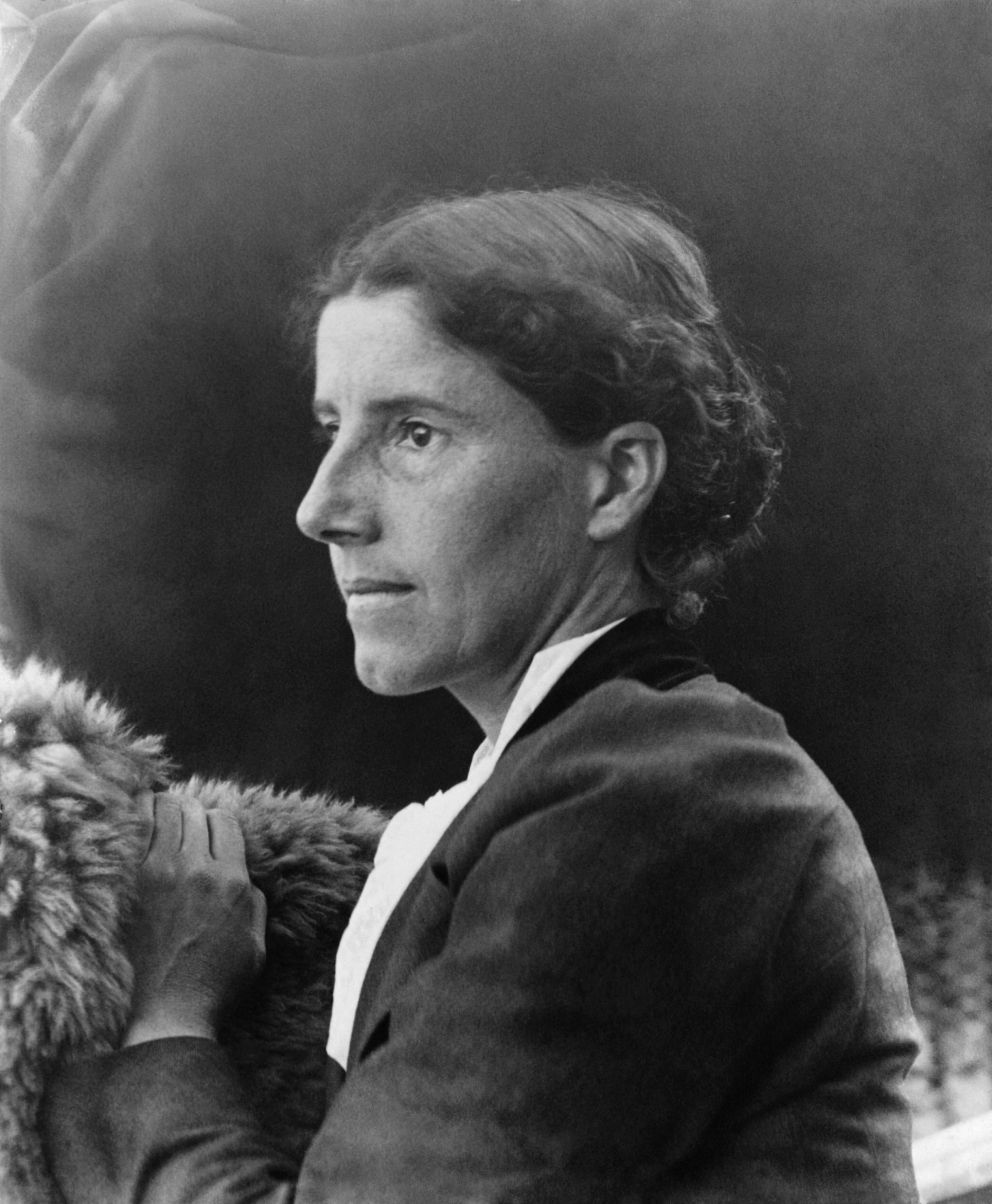Who wants a tasty Quote Sandwich?The Quote sandwich is a valuable tool to use when you're integrating source material into your writing.
The first slice of "bread" is your introduction to the quote, which can take 3 different forms:1. phrase + comma:According to Sheehan, "The restaurant experience is an essentially isolating one" (202).
2. sentence + colon:
Sheehan compares his experience searching for food to his former drug use: "It suddenly occurs to me that I've had a lot of nights like this one. Nights spent looking not for goat bones, but for girls or The Man. The messages that Mark leaves have that same edgy expectancy I remember from nights spent hunting for eight-balls or trying to run down the weed guy on a Friday night" (195).
3. Integrated into your sentence:Sheehan argues that "the restaurant experience is an essentially isolating one," even though diners are out in a public place (202).
The filling is the quote itself and the citation (don't forget that or you'll be in plagiarism trouble!)see above examples for properly formatted and cited "filling."
The last slice of bread is your follow-up to the quote.This is where you tell us why you included the quote in the first place. For essay #2 in English 102, this is where you do a detailed analysis of HOW the quote is written.
For example, let's take a look at example #2 from above:
In our intro to the quote, we mentioned a comparison between searching for food to drugs. Now, we need to identify what in the quote makes the comparison.Drug lingo like "The Man," "eight-balls," and "the weed guy" are important, as is the "edgy expectancy" of trying to find the right people.
Now, let's put it all together:
Sheehan compares his experience searching for food to his former drug use: "It suddenly occurs to me that I've had a lot of nights like this one. Nights spent looking not for goat bones, but for girls or The Man. The messages that Mark leaves have that same edgy expectancy I remember from nights spent hunting for eight-balls or trying to run down the weed guy on a Friday night" (195). By using the drug lingo "The Man," "eight-balls," and "the weed guy" Sheehan provides concrete examples of what he used to search for on the street, and suggests that the need to find "goat bones" and Mama is similar to a druggie in need of a fix. He further emphasizes this comparison by describing Mark's phone messages as having an "edgy expectancy," a phrase that signals the desperate anticipation the two men feel.
You'll notice that I didn't include citations when I used the phrases from the quote. That's because I just quoted and cited the whole section directly before so it's clear where these words and phrases are coming from.
 Strawberry Hill, Horace Walpole's gothic home, image from wikipedia
Strawberry Hill, Horace Walpole's gothic home, image from wikipedia



